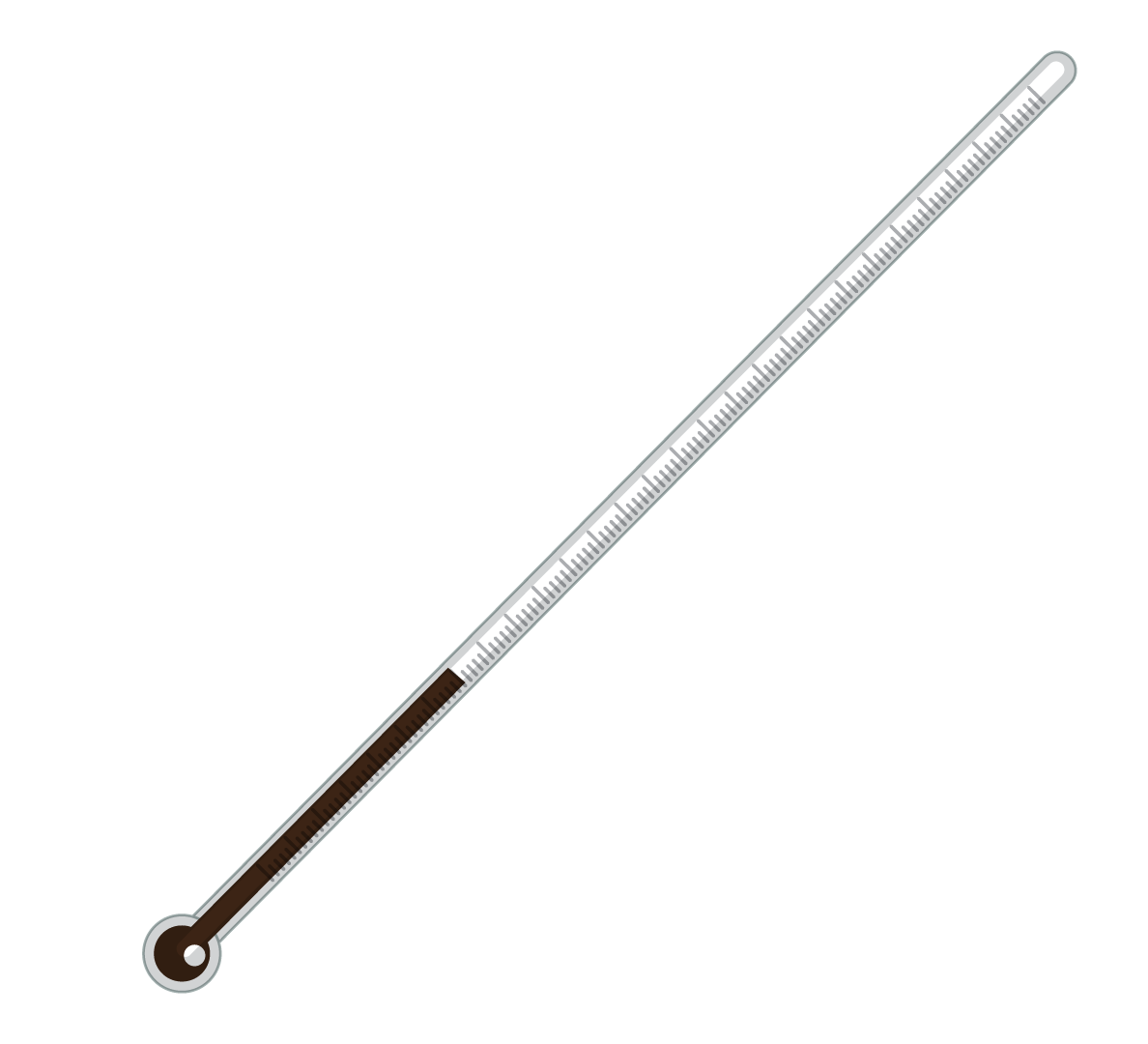NCERT Solutions For Class 7 Science Chapter 4 Heat in Hindi - 2025-26
FAQs on NCERT Solutions For Class 7 Science Chapter 4 Heat in Hindi - 2025-26
1. How can I get the correct, step-by-step answers for all the exercises in NCERT Class 7 Science Chapter 4, Heat?
The NCERT Solutions for Class 7 Science Chapter 4 provide detailed, step-by-step explanations for every question in the textbook. Each answer is prepared by subject matter experts following the CBSE 2025-26 guidelines to ensure accuracy and help you understand the correct method for solving problems related to heat transfer and temperature measurement.
2. What key topics are explained in the NCERT Solutions for Class 7 Science Chapter 4?
The NCERT Solutions for Chapter 4, 'Heat', provide comprehensive problem-solving guidance for all major concepts as per the NCERT textbook. These include:
- Differentiating between hot and cold objects.
- The concept and measurement of temperature.
- The structure, precautions, and use of clinical and laboratory thermometers.
- The three modes of heat transfer: conduction, convection, and radiation.
- Real-world applications of convection, such as sea breeze and land breeze.
- The science behind wearing different coloured clothes in summer and winter.
3. How do the NCERT Solutions help in solving the definition-based questions in Chapter 4, Heat?
The solutions provide clear and precise definitions for key terms as required by the CBSE syllabus. For concepts like conduction, convection, radiation, land breeze, and sea breeze, the answers not only define the term but also explain the underlying scientific principle with relevant examples from the textbook, ensuring you can construct accurate and complete answers for your exams.
4. Why is it important to follow a step-by-step method, like the one in NCERT solutions, when explaining processes like sea and land breeze?
Following a step-by-step method is crucial as it demonstrates a logical understanding of the entire scientific process. For sea and land breezes, the steps correctly sequence the concepts of uneven heating of land and water, the creation of pressure differences, and the subsequent movement of air via convection currents. This structured approach helps in scoring full marks by showing the examiner that you understand the complete cause-and-effect relationship, not just isolated facts.
5. What is a common mistake students make when solving questions about thermometers, and how do NCERT solutions prevent this?
A frequent error is confusing the specific uses and temperature ranges of clinical and laboratory thermometers. For instance, attempting to use a clinical thermometer for boiling water is incorrect. The NCERT solutions address this by clearly explaining the purpose-built design features, such as the kink in a clinical thermometer, and the precise operational temperature ranges for each. This helps students avoid such fundamental conceptual errors in their answers.
6. How do the NCERT solutions for Chapter 4 clarify the practical application of conductors and insulators?
The solutions explain the application of these concepts by solving textbook questions that relate to everyday objects. For example, in questions about why a cooking pan's base is metal (a conductor) but its handle is plastic (an insulator), the answers break down the reasoning. They explain how conductors are necessary for efficient heat transfer for cooking, while insulators are used to protect from that heat, thus connecting scientific principles to their real-world functions.
7. Beyond just providing answers, how do the NCERT Solutions for Class 7 Heat clarify the core difference between heat and temperature?
While the textbook introduces both terms, the solutions reinforce their distinct meanings when solving problems. They consistently explain that heat is the form of energy that flows from a hotter body to a colder one. In contrast, temperature is the measure of the degree of hotness or coldness, which determines the direction of heat flow. By applying this distinction to solve various questions, the solutions help solidify a student's understanding of this fundamental concept.




























